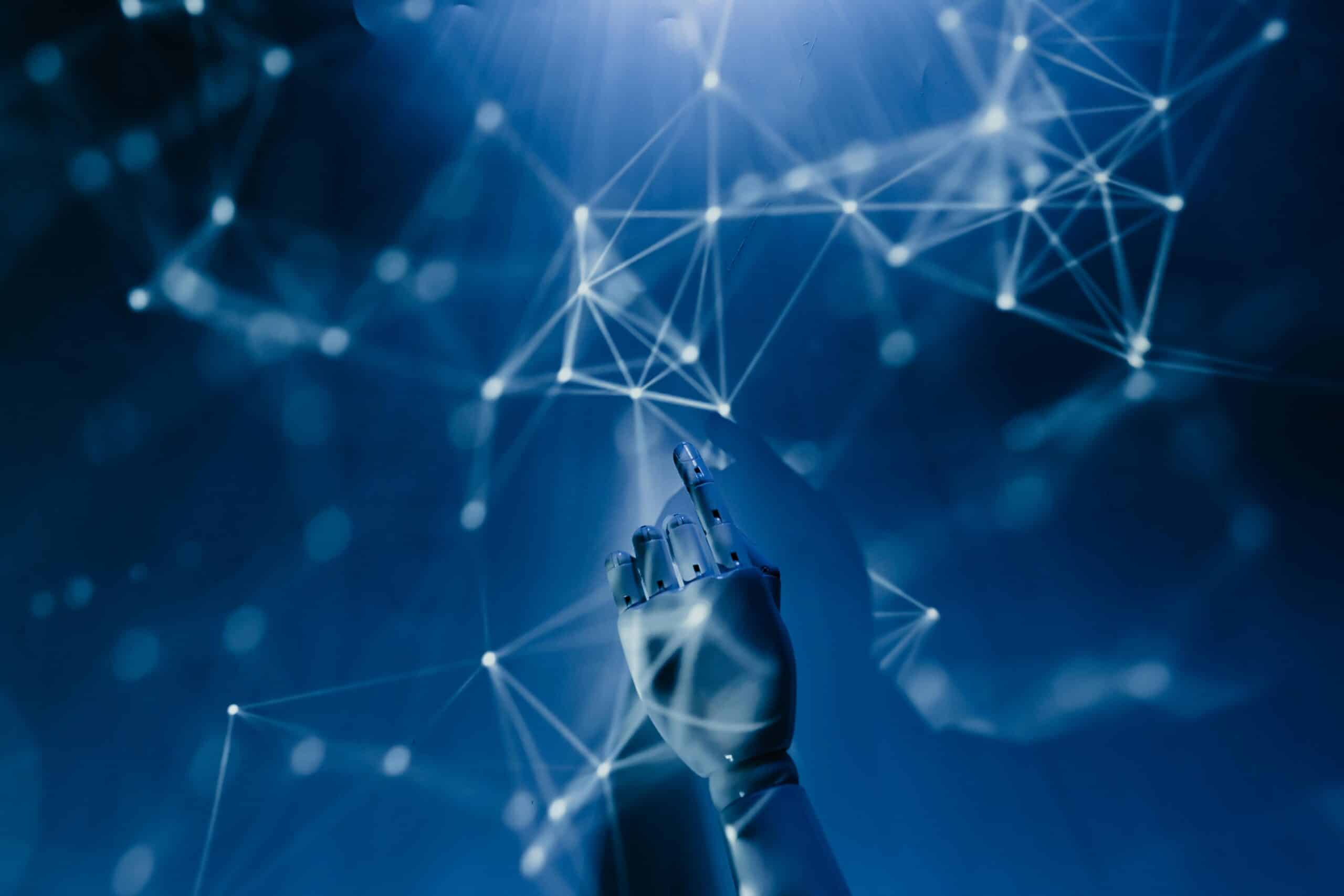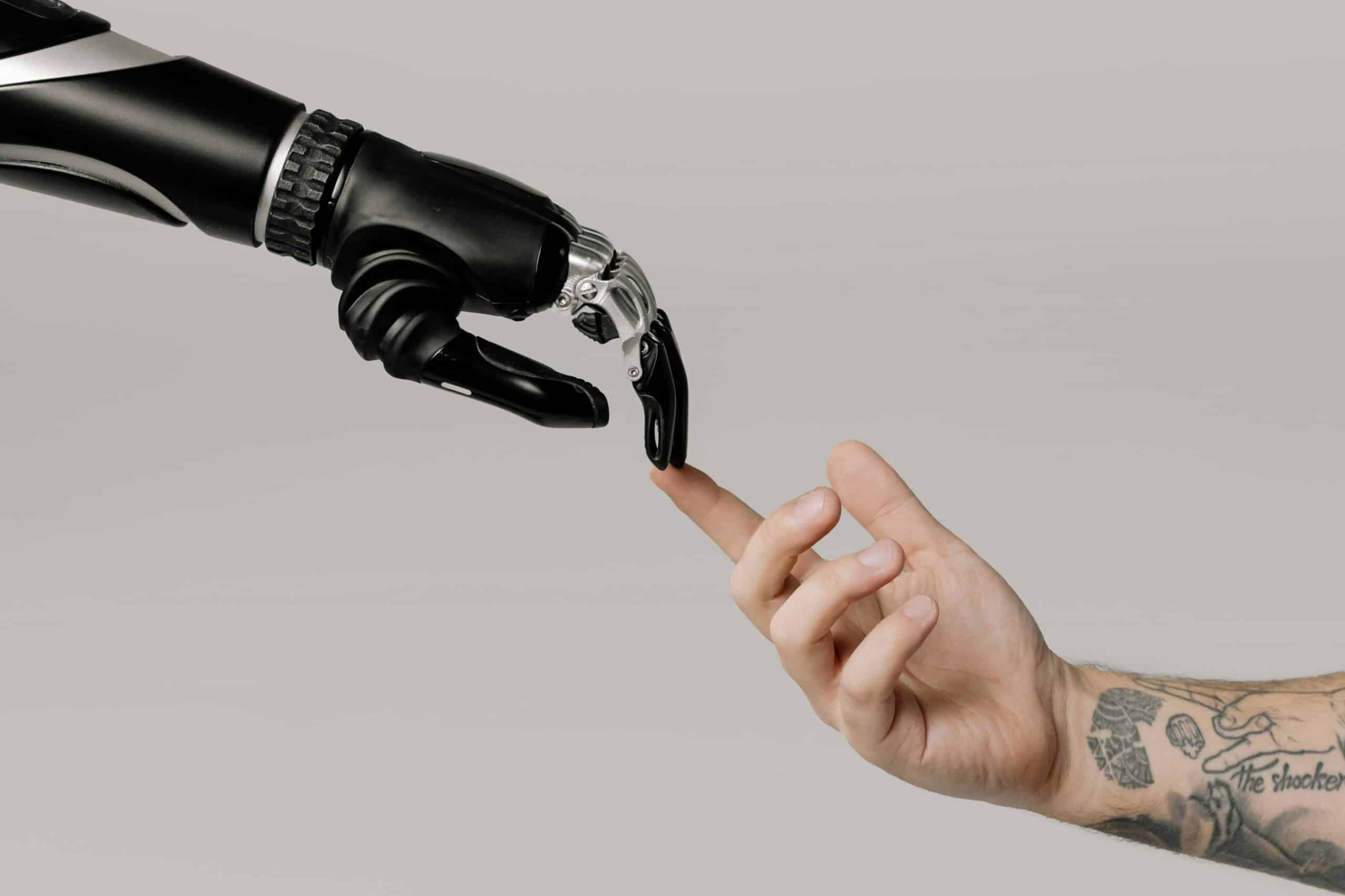
How do students harness the power of Artificial Intelligence?
In an era marked by unprecedented technological advancements, the fusion of education and Artificial Intelligence (AI) emerges as a beacon of innovation. As we stand at the crossroads of traditional teaching methods and the boundless possibilities presented by AI, the role of both students and teachers takes center stage in shaping the future of learning.
Personalised learning, automated grading, improved accessibility, intelligent tutoring systems, predictive analytics, automated content development, and data-driven insights are just a few of the ways artificial intelligence (AI) has the potential to completely transform education. AI can create customised study schedules, grade assignments automatically, and adjust to different learning styles, freeing up teachers to work on more complex assignments. Additionally, it may create instructional content, forecast student performance, provide immediate assistance, make educational resources more accessible to students with impairments, and employ chatbots that use natural language processing (NLP) to provide ongoing support.
Virtual labs and simulations: Students can perform experiments digitally using simulations driven by AI.
This practical experience improves comprehension and useful abilities.
Career Guidance and Pathways: AI systems are able to suggest career routes for students in accordance with their talents, interests, and market demand.
Pupils are capable of making well-informed choices on their career and academic paths.
How can educators include Artificial Intelligence into their lesson plans?
Artificial Intelligence (AI) holds the potential to transform education and provide educators with a multitude of new opportunities. The following are some top techniques for using AI into instruction:
• Collaborate With A Trustworthy AI Provider: The key to a successful integration is locating a trustworthy and dependable AI partner.Work along with well-known AI technologies or platforms that support educational objectives.
• Start Small: Focus on a few courses or activities at first before introducing AI to the entire curriculum.Try out AI technologies in small doses to see what effects they have.
• Personalised Learning: Examine student data with AI algorithms and adjust to individual learning preferences.
Personalised comments, suggestions, and adaptable content can be provided.
• Boost Assessment and Grading: AI can automate grading, saving teachers time.
Utilise AI for essay evaluations, formative assessments, and promote critical thinking.

What are some examples of AI-powered educational tools?
AI-powered educational tools are transforming the way students learn and teachers teach. Here are some notable examples:
• ClickUp: ClickUp is a flexible platform that incorporates artificial intelligence to improve efficiency and planning.
It provides tools including interactive study techniques, immediate feedback, and personalised learning.
Pupils can efficiently manage their study timetables and adjust their performance.
• QuillBot: QuillBot1 allows students to produce flawless essays and other written work. Gradescope automates comments and grading.
It offers real-time insights by analysing projects, tasks, and presentations.
Assessing students and teachers more efficiently benefits both parties.
• MathGPTPro: A mathematical AI tool, MathGPTPro aids in arithmetic problem solving, idea comprehension, and problem-solving ability improvement.
• Google Classroom: Google Classroom incorporates AI for efficient assignment distribution, grading, and communication.
Instructors may effectively oversee lessons, and learners gain from a cooperative virtual setting.
In the dynamic landscape of education, the symbiotic relationship between students and teachers and the transformative potential of artificial intelligence have become evident. As we wrap up this exploration into the ways both educators and learners can harness the power of AI, it is clear that collaborative efforts pave the way for a more enriched and adaptive learning environment. By embracing AI tools, teachers can personalize education, catering to diverse learning styles, while students can acquire skills essential for the future. The journey toward an AI-augmented education system is a shared one, with educators and students as co-creators of a tech-enabled, innovative future.

